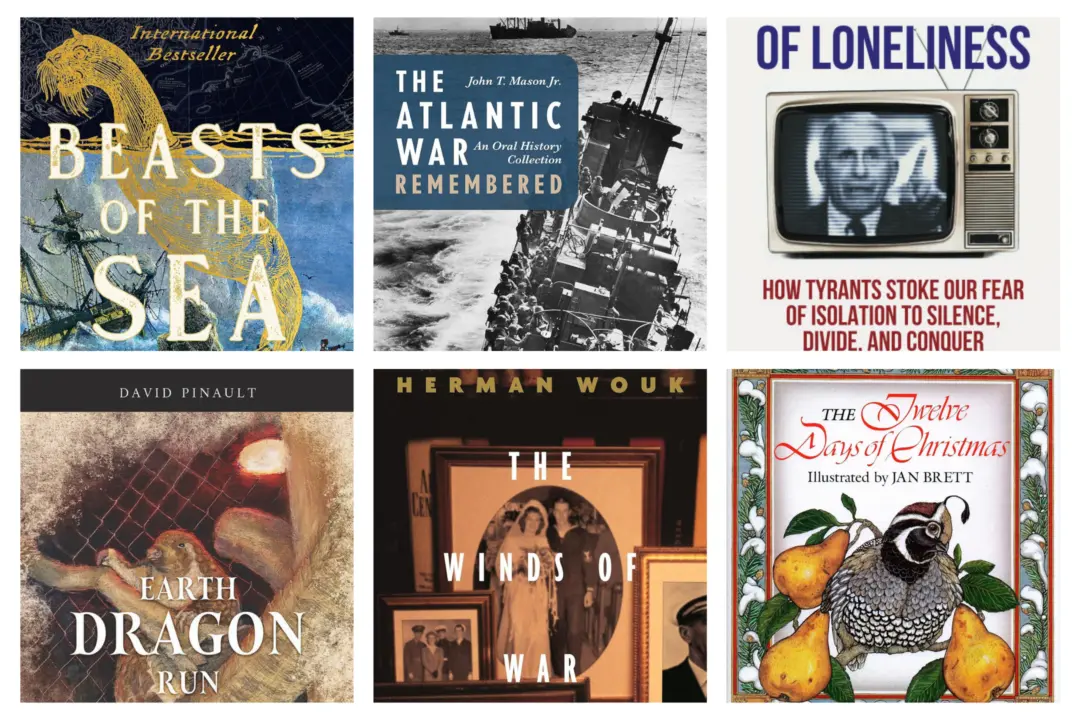In “Lost in the Cosmos: The Last Self-Help Book,” Walker Percy writes, “Johnny Carson, when questioned about his aplomb on the stage before a TV audience of millions, replied: ‘Sure, I’m at ease up there—because I’m in control—but when I’m at a cocktail party and caught in a one-on-one conversation: panic city!’”
In his book of essays, “Wind-Sprints,” Joseph Epstein recounts an incident from the life of John Keats when the poet took a two-mile walk with Samuel Taylor Coleridge, “one of the famous talkers of his day.” In a letter to his brother, Keats wrote: “I heard his voice as he came toward me—I heard it as he moved away—I heard it all the interval—if it may be called so.”






